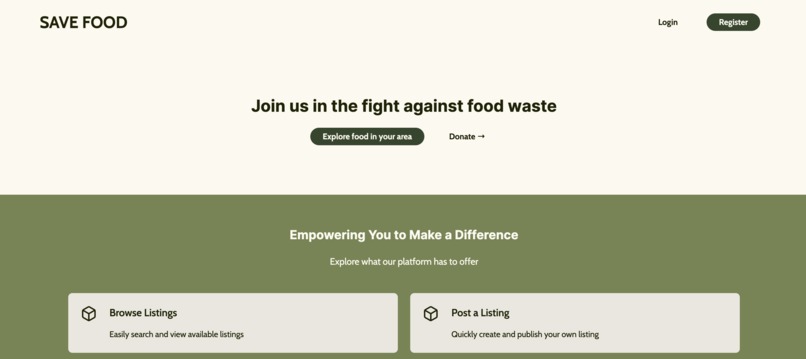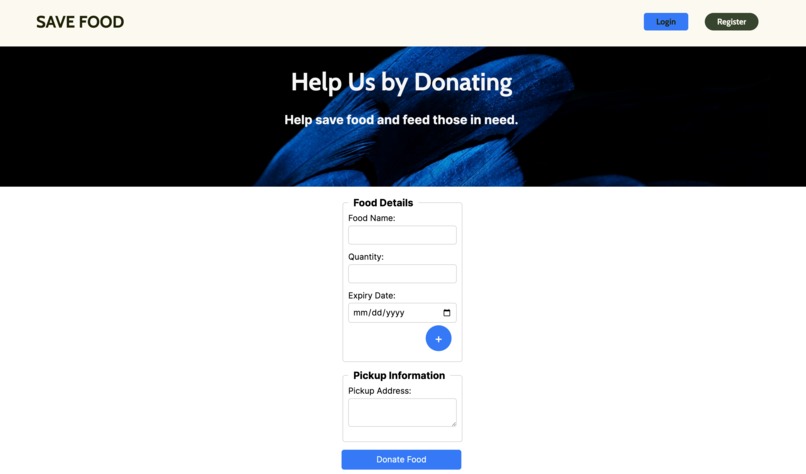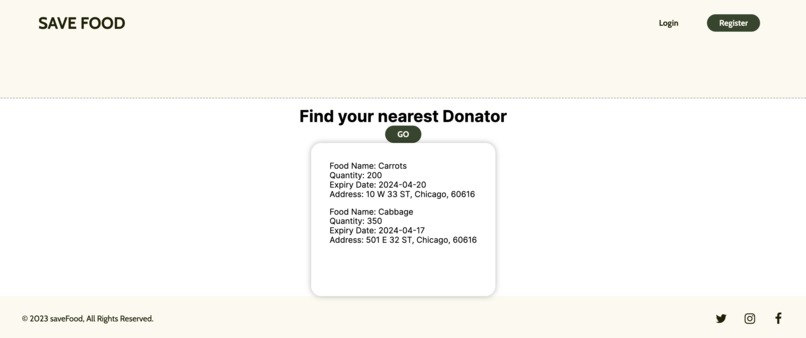Food Waste Reduction App
Inspiration
The inspiration behind our Food Waste Reduction App stems from two critical issues: food waste and food insecurity. We observed that many restaurants and grocery stores often have surplus food that goes to waste due to lack of efficient channels for redistribution. Simultaneously, numerous individuals and families in our community struggle with food insecurity, lacking access to nutritious meals. We saw an opportunity to bridge this gap by creating a mobile app that connects surplus food providers with local food banks and community organizations.
What We Learned
Throughout the development process, we gained valuable insights into both the technical and societal aspects of addressing food waste and food insecurity. We delved into the complexities of designing an intuitive user interface that caters to diverse stakeholders, including food donors, recipients, and volunteers. Additionally, we deepened our understanding of logistical challenges involved in coordinating food pickup and delivery logistics in real-time.
On a broader scale, we learned about the systemic issues underlying food waste and food insecurity, including supply chain inefficiencies, distribution inequalities, and societal stigmas. This project served as a catalyst for our team to advocate for sustainable solutions and foster community engagement in combating these pressing issues.
Building the Project
Our project began with extensive research to identify existing initiatives and best practices in food waste reduction and food redistribution. We conducted interviews with stakeholders, including representatives from restaurants, grocery stores, food banks, and community organizations, to understand their needs and pain points.
Armed with these insights, we embarked on the development phase, leveraging agile methodologies to iteratively build and refine our app. We employed a combination of front-end and back-end technologies, including React Native for the mobile app interface and Node.js for the server-side logic. Integration with mapping APIs facilitated seamless location-based matching between food donors and recipients.
Testing played a pivotal role in ensuring the app's functionality and usability across different devices and operating systems. We solicited feedback from beta testers and conducted usability tests to identify areas for improvement.
Challenges Faced
Building our Food Waste Reduction App presented several challenges, both technical and logistical. One of the primary technical hurdles was designing an efficient algorithm for matching surplus food inventory with recipient organizations based on proximity, dietary preferences, and real-time availability.
Furthermore, establishing partnerships with restaurants, grocery stores, and food banks required navigating bureaucratic hurdles and gaining trust from potential collaborators. Overcoming skepticism and addressing concerns about liability and logistics demanded effective communication and negotiation skills.
Despite these challenges, our team remained committed to our vision of leveraging technology for social good. By fostering collaboration and perseverance, we successfully launched our Food Waste Reduction App, making a tangible impact in reducing food waste and alleviating food insecurity in our community.



Log in or sign up for Devpost to join the conversation.